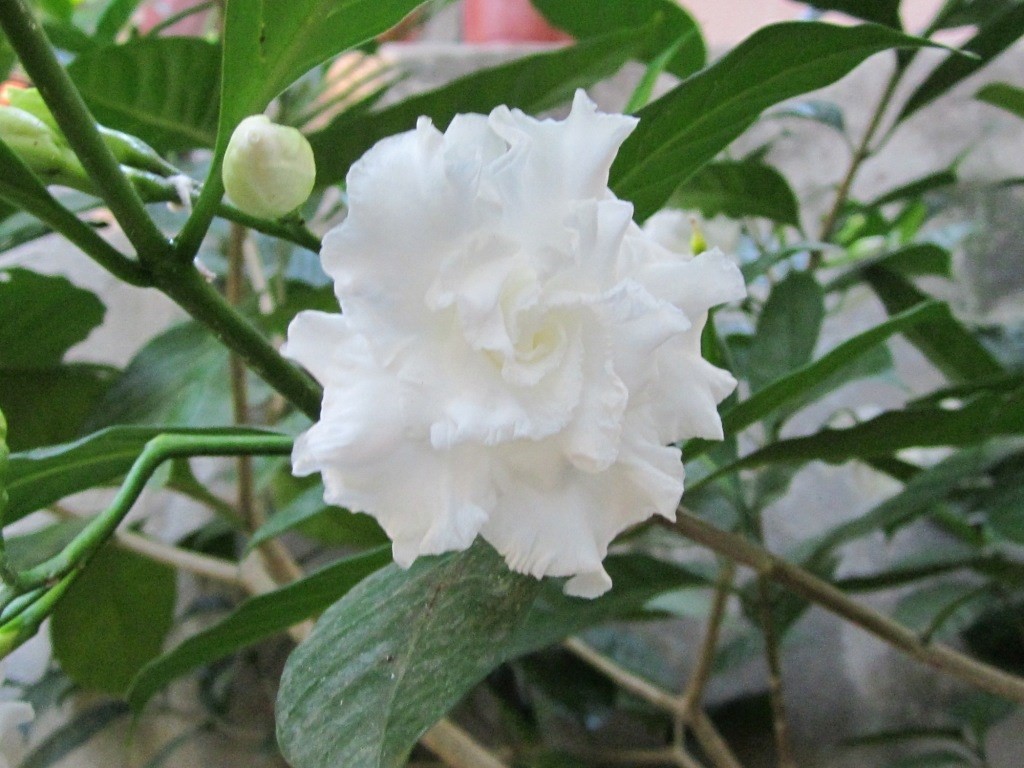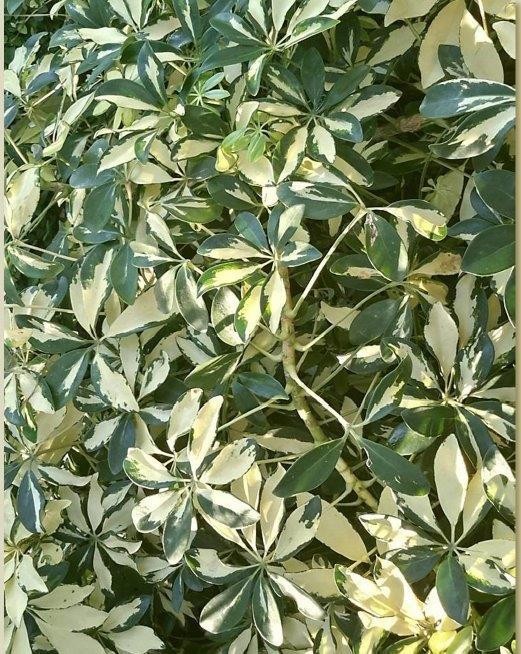By Tommy Clarkson from the September 2018 Edition
Cape Jasmine Gardenia jasminoides
Family : Rubiaceae
Also known as: Gardenia, Cape Jessamine or Jasmin
(In this, I am going to liberally share sound advice kindly provided to me by Paul Crist a successful grower of these beauties who lives in the Puerto Vallarta area. In all candor, regarding these magnificent flowers, he is more experienced and conversant on them than am I. Accordingly, I tip my Ola Brisa Gardens hat to him in grateful appreciation for his input!)
Cape Jasmine is one of the better known of the 142 species in the Gardeniaare genus. These evergreen shrubs are indigenous to the tropical and subtropical areas of Africa, Asia and Australia. In that natural habitat, they can grow from two to twenty feet or more in height. Their leaves are glossy, dark green and, depending on the species, can grow from about one to ten inches (2 1/2 to 25 1/2 cm) long. Their flowers many of which have an intoxicatingly sweet scent are white or yellow and develop either a single or a cluster of blossoms.
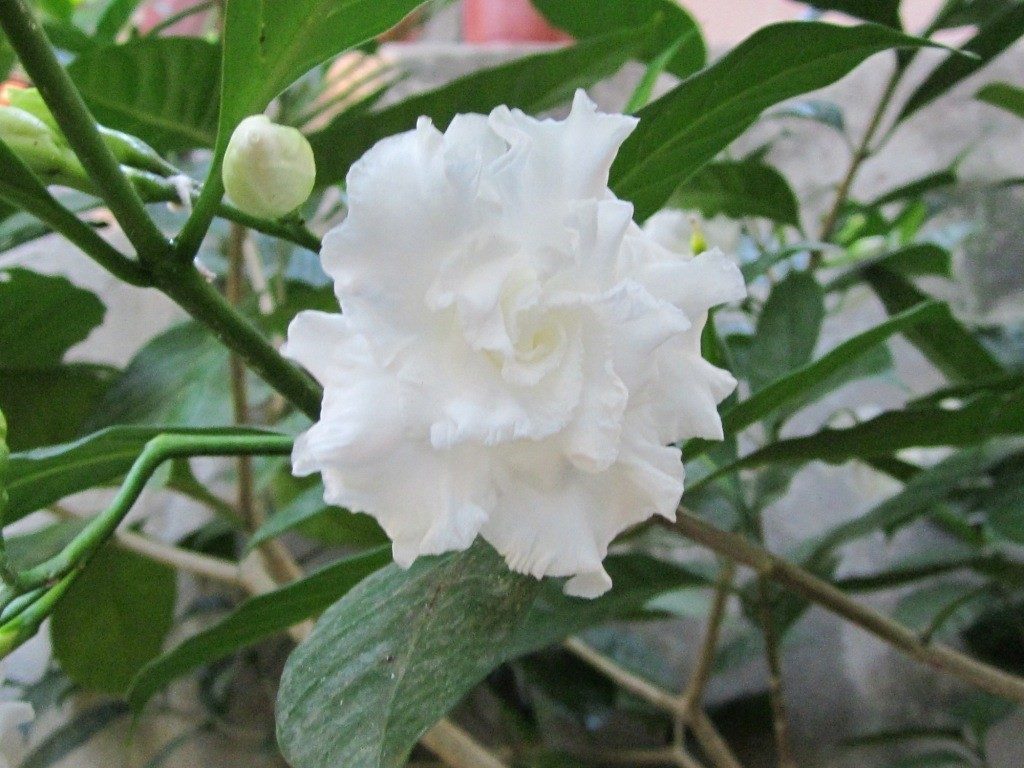
Given their “druthers”, they prefer moist, well-drained, acidic soil that is rich in organic matter. If the soil is not acidic enough, the leaves will turn yellow. And water? I like the way Paul said it, “(I use) insane amounts of water during the dry, winter season”. He finds “it useful to (employ) an oscillating sprinkler underneath the plants (with) the underside spray helping to keep down the spider mites that attack gardenias during the dry season.”
He continues saying that “watering deeply . . . helps establish deep roots and grows a hardier plant. Moistening the surface of the soil without a good drenching can result in a plant (having) more surface roots which are more susceptible to drying out (this should never be allowed for gardenias).” And, he is absolutely correct when he says that ”Gardenias like the cooler, moister soil that is at least six to eight inches underground in a well-tended planting bed.”
In his care for them, he “regularly use(s) a mild preventive insecticide containing pyrethrins, which is an extract of chrysanthemums. (It) is a fast-acting poison which disrupts the nervous system and causes paralysis of the insects, while at the same time being non-toxic to warm-blooded animals. (It is) also biodegradable and breaks down quickly in sunlight, moisture and oxygen.” He adds that, “When using insecticide, (strive) to cover all surfaces, including the undersides of the leaves and stems.”
He then says that “leaf cutter ants adore gardenias and can strip a plant bare of leaves in one night.” To thwart them, he uses “Trompa” which are pellets that ants find to be delicious. They take these pellets back to their nests, for a “last supper” – as it were!” (I concur that this is the best local product for these little nasties!)
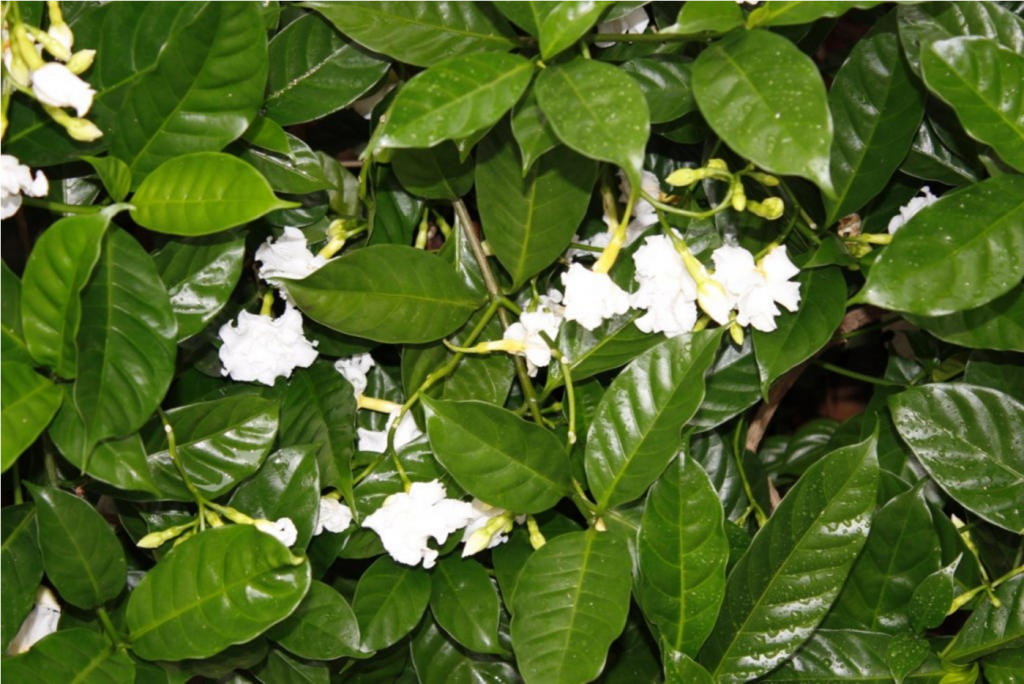
A simply nice aromatic bush to have!
He suggests that “if you see damage from leaf cutter ants, go out at night, around eleven pm, with a flashlight in hand, and look for the column of marching ants. Follow them back to the nest, and sprinkle Trompa liberally around the nest. One or two treatments usually will “do the job”.
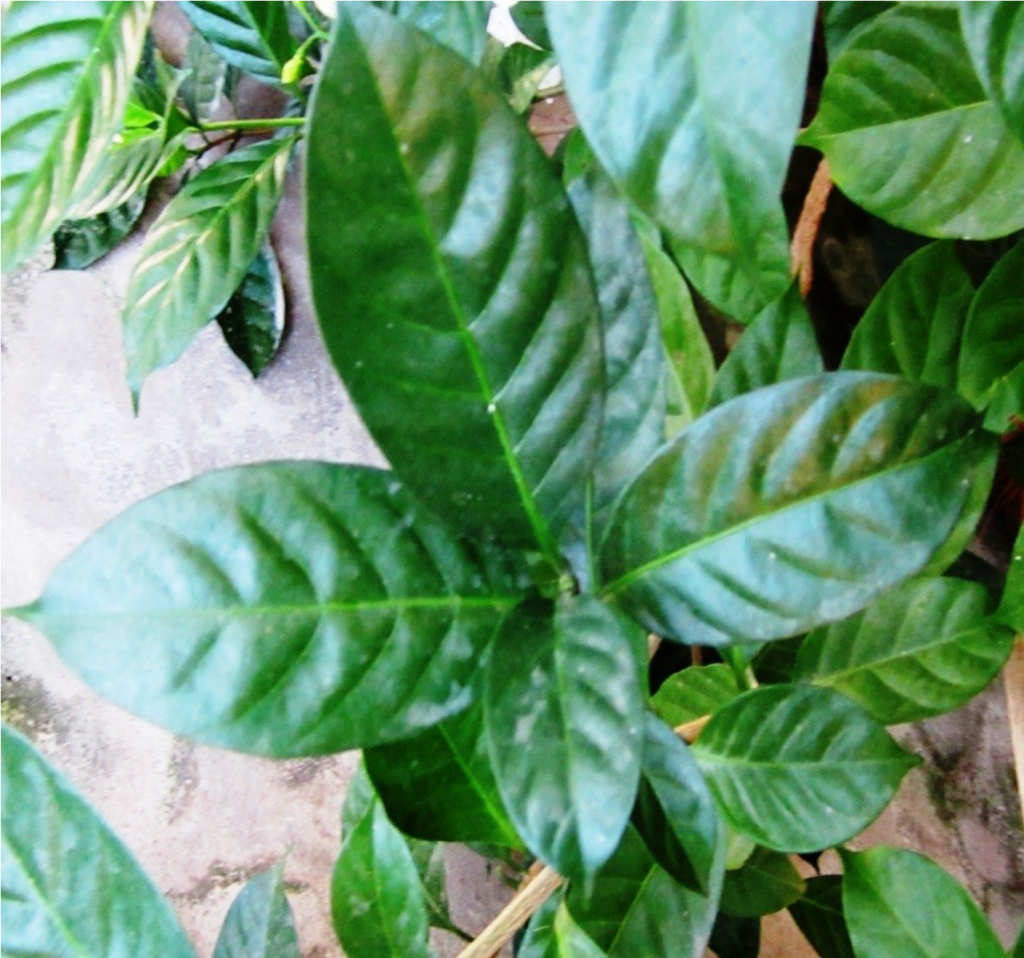
He “use(s) lots of Miracle Gro (by) drench(ing) the plants and soil every two weeks” and he advises that the “nutrients are absorbed through leaf pores as well as through roots.” He continues that “Miracle gro has a good mix of trace minerals such as magnesium, which helps distribute phosphorus throughout the plant, so it is, in my opinion, the best water soluble fertilizer for gardenias.”
To this, he adds, “I also add a bit of granular fertilizer around the base of the plants about once each month. You don’t need to use much, as it’s a supplement to the Miracle Grow that provides a more continuous feeding. Use a granular one with high phosphorus (rose fertilizers work well). In selecting fertilizers, the middle number is phosphorous (e.g. 5 – 10-5).” He correctly suggests that one “Go for a big middle number.”
In closing, he said that, to obtain the very best results, all “Gardenias need full sun . . . all day long. They’ll survive some shade but won’t bloom. And be sure to pluck or clip dried blooms, which help to encourage more flowering. Gardenias are a challenge in western Mexico, where the dry winter season means more care for a spectacular plant. But the scent and beauty of these regal plants are well worth the effort.”
Download the full edition or view it online
—
Tommy Clarkson is a bit of a renaissance man. He’s lived and worked in locales as disparate as the 1.2 square mile island of Kwajalein to war-torn Iraq, from aboard he and Patty’s boat berthed out of Sea Bright, NJ to Thailand, Germany, Hawaii and Viet Nam; He’s taught classes and courses on creative writing and mass communications from the elementary grades to graduate level; He’s spoken to a wide array of meetings, conferences and assemblages on topics as varied as Buddhism, strategic marketing and tropical plants; In the latter category he and Patty’s recently book, “The Civilized Jungle” – written for the lay gardener – has been heralded as “the best tropical plant book in the last ten years”; And, according to Trip Advisor, their spectacular tropical creation – Ola Brisa Gardens – is the “Number One Tour destination in Manzanillo”.
